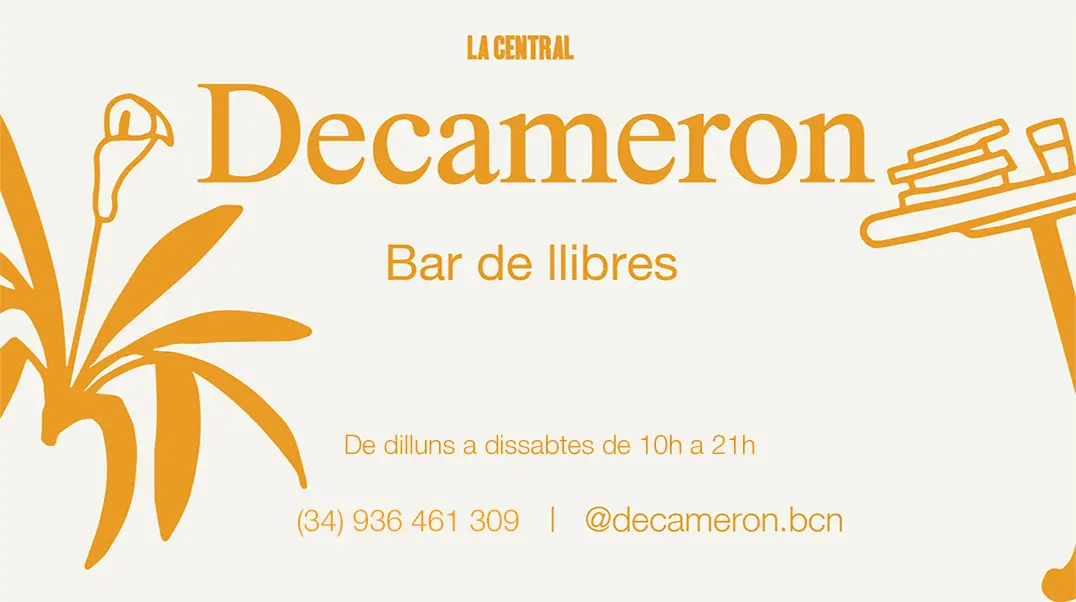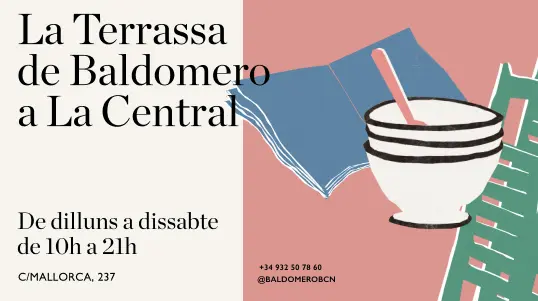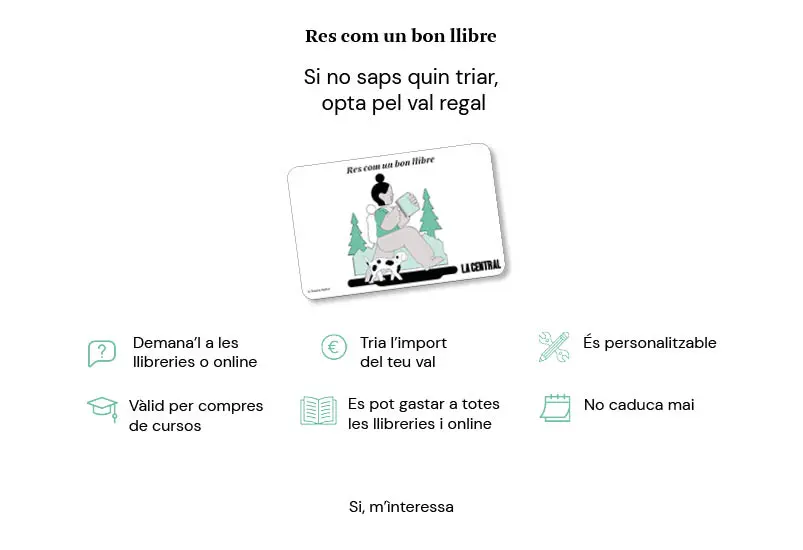Parure etniche e ornamenti per il capo. Africa, Asia, Oceania, Am

Parure etniche e ornamenti per il capo. Africa, Asia, Oceania, Am
Sense existències ara
Rep-lo a casa en una setmana per Missatger o Eco Enviament*Sobre el libro Parure etniche e ornamenti per il capo. Africa, Asia, Oceania, Am de Anne Van Cutsem publicado por Skira al 2005:
Head ornaments provide the theme for the last volume in this series of books on the remarkable Ghysels collection of ethnic jewellery. The most precious part of the body, the head, attracts the gaze of all. At times deformed, scarred, tattooed, crowned, plumed or pierced, over time it became the main setting for the body-spectacle it had to protect. Most peoples accord particular care to hair, the site of a vital force. Long, plaited or raised into a chignon, hair is also adorned with various accessories. Aiming to impose upon their subjects or impress their enemies, chiefs and warriors – whether African or from the archipelagos of the southern seas – would adorn their heads with fine feathers. One such example was the Amerindians, who were exceptional feather-dressers, and who for centuries produced a wide variety of headdresses and ornaments. Nubiles, married, mothers or courtesans, women need to be seductive. Like men, they live in symbiosis with nature and use materials like flowers and leaves to embellish themselves. These were sometimes transposed into gold or silver, and even set with precious stones, to form hairpins, combs, diadems or other accessories to accentuate their beauty. Chinese craftsmen acted as their accomplices and fashioned alluring ornaments that show great virtuosity, such as miniature masterpieces made of kinfisher feathers or jewellery with semi-precious stones that are highlighted with gold spider web thread. The Japanese, renowned for their great refinement, designed a prodigious variety of ornamental hairpins and combs. Since time immemorial, in Africa and America the mouth has been decorated with labrets, and nose adornments throughout the world have protected men and women from the intrusion of malign spirits. These head accessories, often spectacular, also borrow from nature dazzling feathers, used by the Urubu-Kaapor for their labrets, and wild pig tusks worn in New Guinea. In India, delicately worked gold nose rings pay a subtle homage to the femininity and sensuality of the married woman. The book features over 200 illustrations and descriptions, a glossary, an index, maps and a general bibliography.(From the publisher)Altres llibres de Anne Van Cutsem
El llibre Parure etniche e ornamenti per il capo. Africa, Asia, Oceania, Am de Anne Van Cutsem pertany a la matèria
Veure altres ressenyes de Art
Ressenya
Marc Fumaroli
“Mundus muliebris”. Élisabeth Louise Vigée Le Brun, pintora del Antiguo Régimen femenino
Vigée Le Brun era hija de padre pintor y, además, esposa de un marchante de arte, hecho este último que la hacía candidata inaceptable en la Academia de pintura y escultura.

Ressenya
Marta Piñol Lloret
Mitos e imágenes
Las imágenes que nos rodean pueden surgir o pueden adquirir un significado mítico. Imágenes próximas, imágenes místicas, imágenes de empoderamiento, imágenes sobre los principios y los finales, tod...

Ressenya
Sarah Watling
Mañana quizá el futuro
Mañana quizá el futuro nos permite a los lectores de hoy entrever cómo en la historia se da constantemente una lucha por el relato, además de vislumbrar a una generación rebelde dispuesta ...

Ressenya
Joana Masó y Éric Fassin
Elsa von Freytag-Loringhoven. La artista que dio cuerpo a la vanguardia
Alrededor del año 2000, el hallazgo de varios documentos inéditos hizo que la crítica planteara la posibilidad de que la Fontaine (1917), obra firmada por R. Mutt, y generalmente atribuida...

















